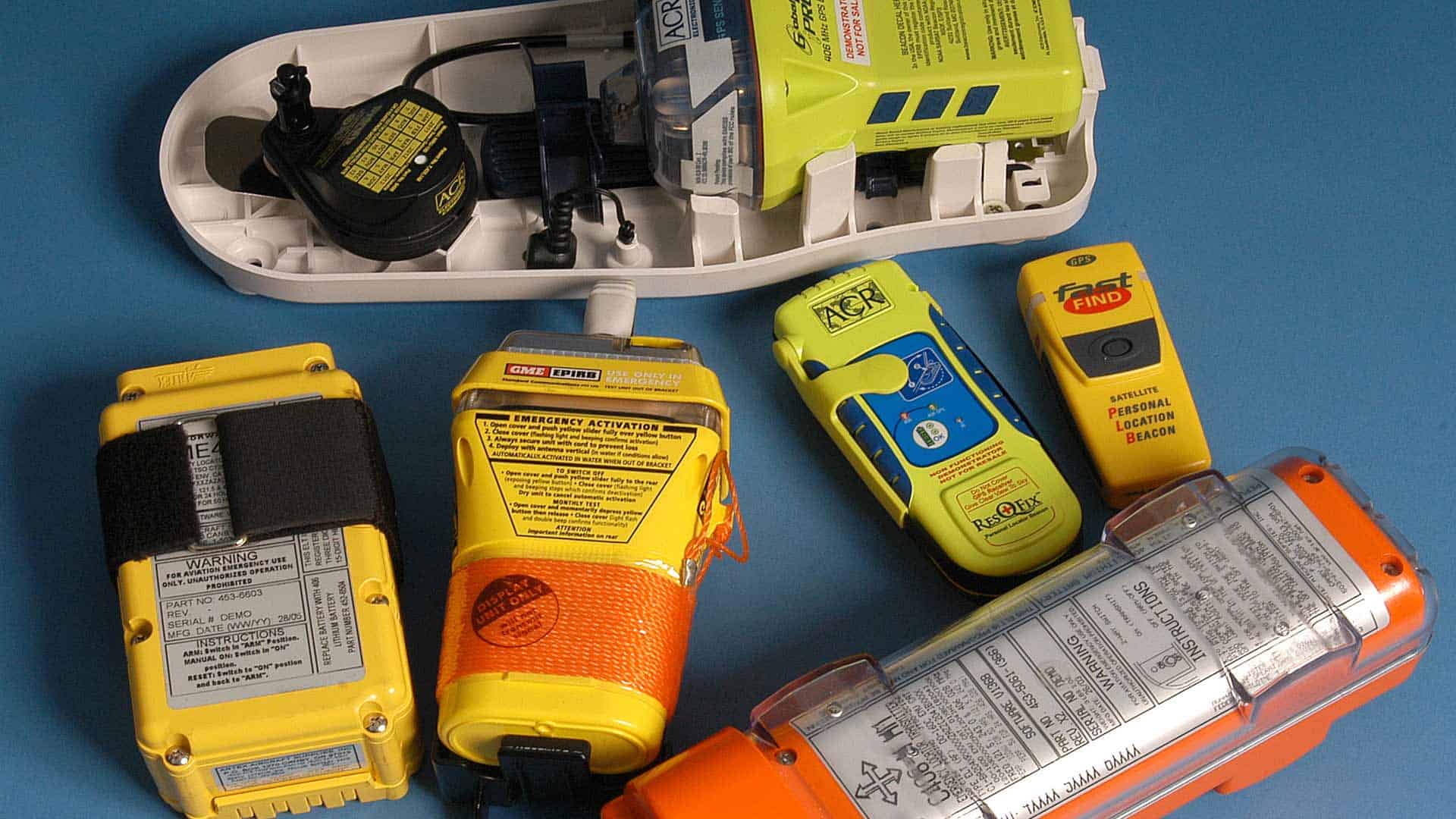-
EMERGENCY POSITION INDICATING RADIO BEACON MAINTENANCE (EPIRB MAINTENANCE)
As all boaters should be aware, the proper installation and performance of a boat’s Emergency Position Indicating Radio Beacon, is one of the most important safety measures you can take.
Designed to broadcast on a special distress frequency of 406 Mhz when activated, EPIRB’s send a signal directly to a polar orbiting satellite and can determine your position to within 3 miles. EPIRB’s that are GPS enabled have accuracy to within 150 feet, can alert search and rescue crews within 3 minutes of activation, and are updated every 20 minutes.
Some EPIRB’s have a secondary distress signal that helps rescue crews home in accurately on your vessel. It may also have a bright flashing LED light that helps SAR crews find you in dark conditions. To ensure your EPIRB will work if ever needed, monthly maintenance is required.
Once installed on your boat, make sure your EPIRB will not get caught up in any rigging or be obstructed by any part of the boat’s structure in the event your vessel capsizes. The EPIRB is designed to automatically release and activate when submerged in water. The manual release mechanism must also be in working order.
QUICK EPIRB MAINTENANCE CHECKLIST:
- Check your battery’s expiration date. Replace as necessary.
- Perform a self-test. Most EPIRB’s have a built-in test routine.
- Confirm that your EPIRB is properly registered with NOAA and that registration information is up to date, using an ID EPIRB tester.
- Verify that your EPIRB is FCC certified for Global Maritime Distress Safety System (GMDSS).
Related safety articles:
877-858-DOCK
View Our Projects
Design Sevices
877-858-DOCK
Find Dealer in Your Area
Design Sevices








